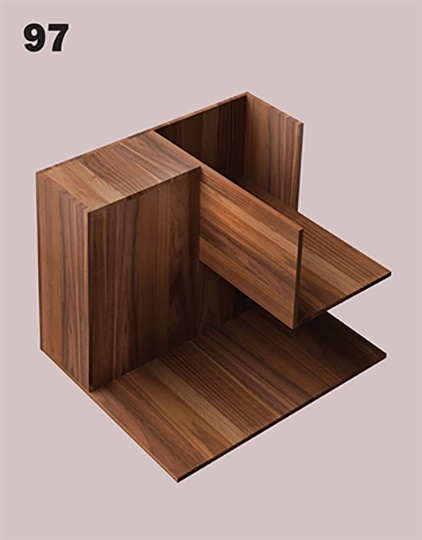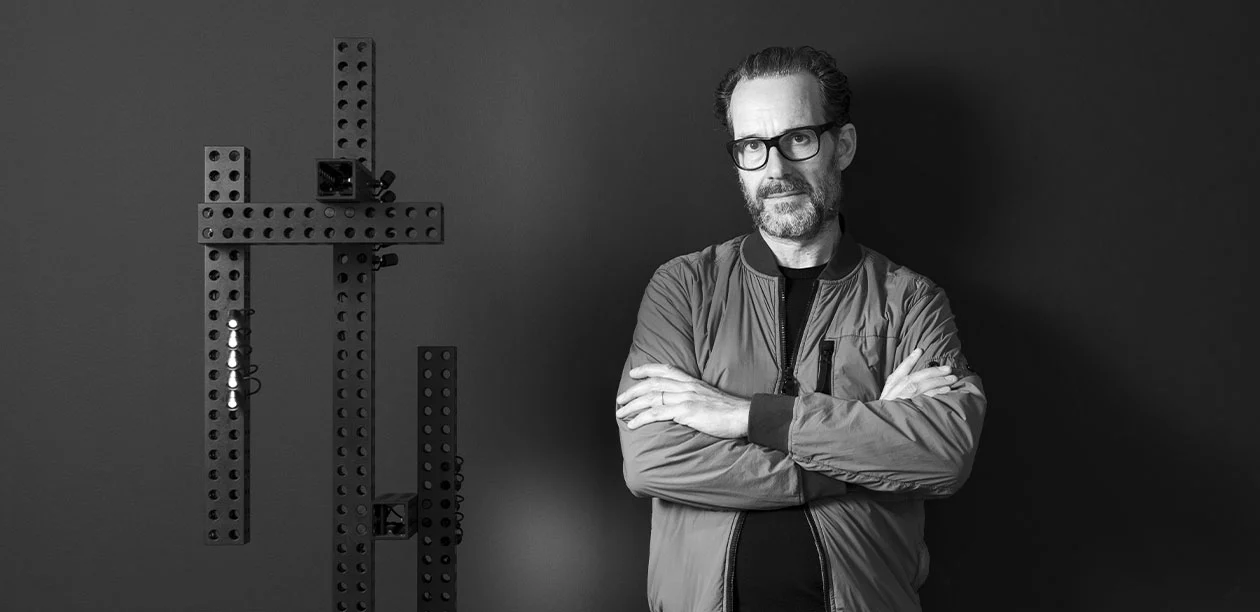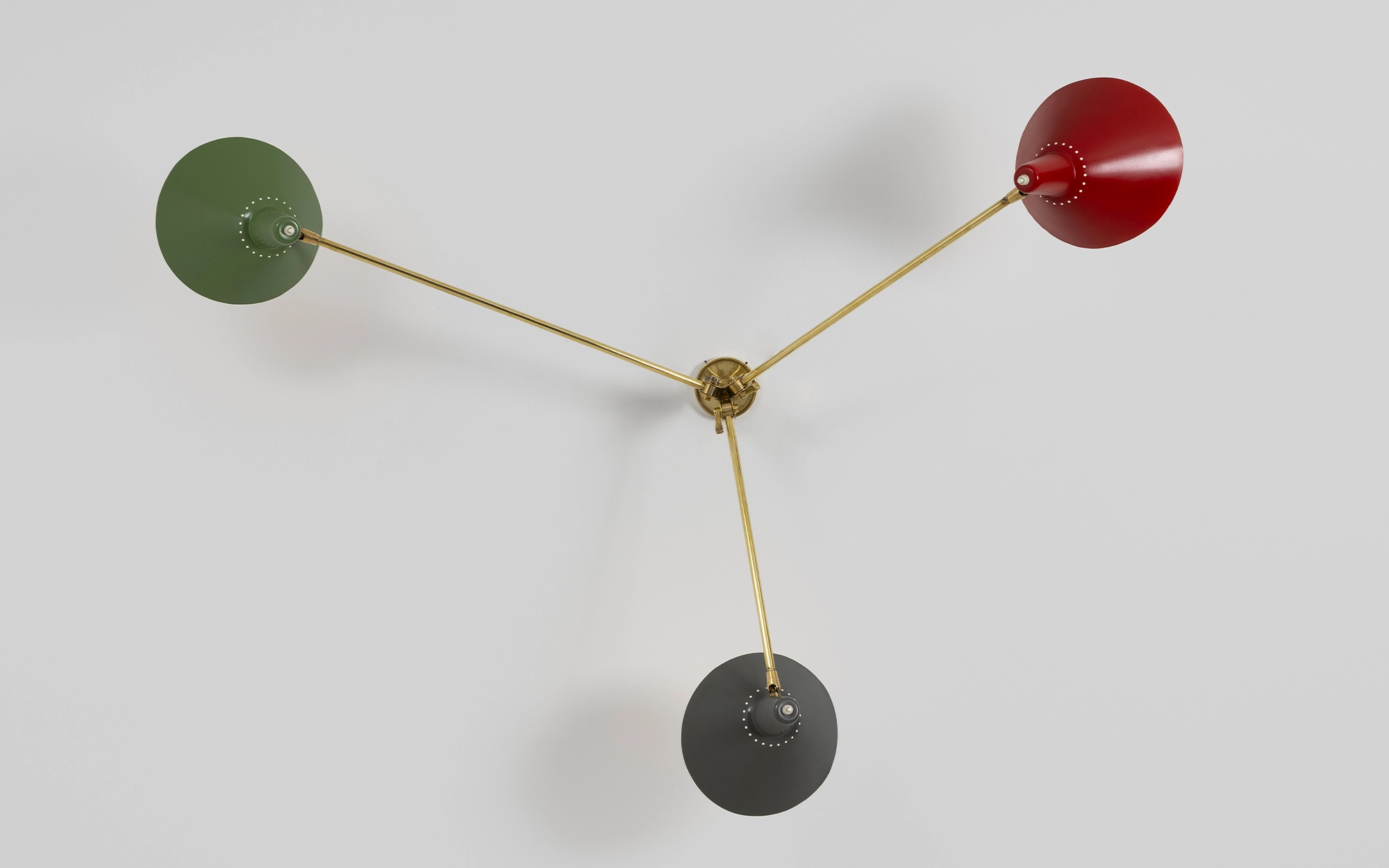There was a time, at the end of the 4th and beginning of the 5th century, when the modern notion of inner space began to emerge: Saint Augustine’s silent reading and Saint Jerome’s translation of the Bible from Greek into Latin, which provided the Western world with what was to be known as the Vulgate, direct access to the sacred text, epitomize that moment...
There was a time, at the end of the 4th and beginning of the 5th century, when the modern notion of inner space began to emerge: Saint Augustine’s silent reading and Saint Jerome’s translation of the Bible from Greek into Latin, which provided the Western world with what was to be known as the Vulgate, direct access to the sacred text, epitomize that moment. The fact that Augustine would read in silence and not publicise his experience of the text signified his belonging to a separate space – a space that existed between him and the sacred, him and transcendence, and in a contemporary view, him and the world. Jerome moved away from the world in order to translate the Bible; but he also went into the desert; he saved humans from the fear of being devoured by a lion. He lived both in public and private; he paved the way, culturally, for us to do so.
To paraphrase Burckhardt’s assertion, the modern man was born in 15th century Italy. Saint Augustine and Saint Jerome both played a crucial role in defining the possibility for an inner space, and the depictions of them were numerous. Amongst them, Antonello da Messina’s masterpiece Saint Jerome in his Study from 1475 (National Gallery, London). In this panel, as well as in the later Carpaccio painting at the Scuola Grande di San Giorgio degli Schiavoni in Venice, where da Messina had also lived, and in Dürer’s engraving, from 1514 the saint exists in a space that is his own. It is a space within a space, a room inside a room; and in that space, he reflects and exists. He devoted to is meditative, but focussed. He is working, and is the “care of himself” (Seneca’s concept, re-used by Foucault).
The intellectual inner space materializes into a physical interior space, where the theologian, the thinker, and by extension, every human being – is made to feel his interiority: he is himself, metaphysically a space inside a space from being in such a space inside a space geographically. As humanity finds itself more and more exploded and human beings are less and less (or increasingly) aware of themselves in the “coming community” of unidentified unity- seeking entities deciphered by Giorgio Agamben, Konstantin Grcic’s series from Da Messina’s Saint Jerome represents a significant contribution to the displacement of the issue of the individual. In these five pieces of furniture, the way the sitter positions himself is always an open question: there is, in each of the pieces, a choice to be made between the several places to sit; there is in every case a need to accept, with the angles of the seats and the curve of the legs, a certain tension. There is no discomfort, but challenge in comfort, exactly as we should not let ourselves limit ourselves in ourselves, but in fact should expand, exercise our abilities in order to expand our world.
The five items are all a small pedestal – a stage, seemingly separating us from the world; and there is a certain amount of theatricality in each of them, by mean of the materials used; fibre-cement, aluminium, marble, 3D print, all make for quite an effect. But at the same time there is no weight that would locate them beyond the logics of life: they all remain in the human community, and do not seem to escape into another world. Grcic’s designs are not otherworldly: they are deeply, quintessentially of our world, if we accept them to be what they are – in tension.
The pieces might seem to challenge social interaction, and represent places of reclusion; but if one of them in which the sitter seems to be within a tube alters the rumours coming from the outside because of its height, it nonetheless allows for these very rumours to exist more subtly, and be perceived differently. Two people can sit in the 3D piece: they are side by side, on opposite ends; their conversation is made less direct, questioned, and therefore perhaps even more relevant. How are we to talk to each other? A question Saint Jerome himself raised, while he wanted everyone to converse in the primary language of the holy text. The issues at hand in the displacement of the image of this piece of furniture from the painting into the actual world, from the 4th century into the 15th and now the 21st, are deeply human.
What design can eventually do, somewhere between the art of clothing and the ambitions of architecture, is to help us define the space in which we want to live; this inner space where our sense of comfort is not lazy, but conquered; where there is work, where there is study, passion – the meaning of the Latin word “studium” -, but where we want to be ourselves, in ourselves, within the world. Our inner space is not a segregation from the world; it is the retreat, that Jerome used, in order to spread the word of life again through things and lives.
–
Donatien Grau









